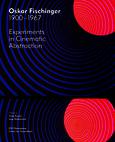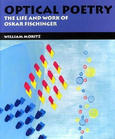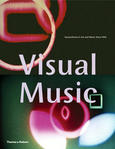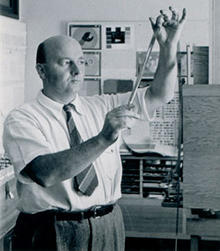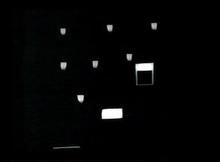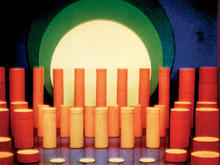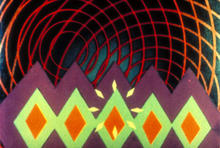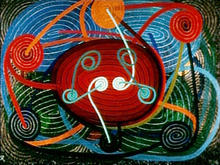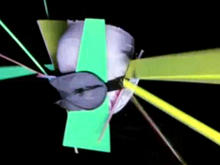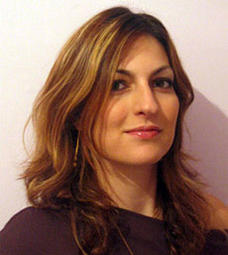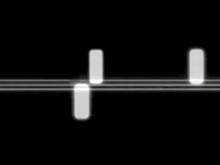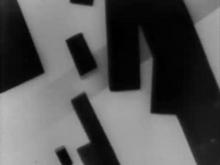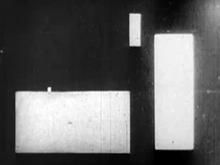Study No. 7
(1931)- original title: Studie Nr. 7. This short film was one of a dozen "studies" spanning the 1920s and '30s. This one is a gorgeous visual tone poem with a few small, dynamic white shapes popping decoratively out of a sea of blackness.
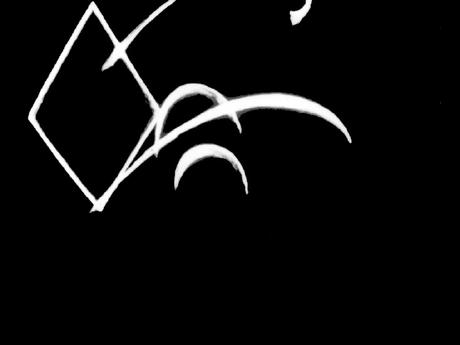
Study No. 7 was one of a dozen "studies" spanning the 1920s and '30s. This one is a gorgeous visual tone poem with a few small, dynamic white shapes popping decoratively out of a sea of blackness.
"For Study No. 7, Oskar Fischinger found in Johannes Brahms' Hungarian Dance No. 5 a perfect vehicle for his optical experiments. On one hand, the sharp, fast rhythms are an ideal counterpoint for Fischinger's first complete exploration of absolute darkness as a space matrix, with hard-edged shapes twisting, flickering and curving through it, rushing past the viewer, razor thin, with astounding illusions of depth. On the other hand, the sensuous gypsy violins are played off against soft but solid shapes that curl about each other with rich geometric languor. Conceived, charted and executed like the rest of the black and white studies with thousands of separate charcoal drawings on paper, the classically simple effects here are no less amazing in their own way than the astounding multiplicity of STUDY NO. 8."
(Dr. William Moritz, Film Culture)
Source: Canyon Cinema
Norman McLaren: "Fischinger was one of the great formative influences in my life. Around 1935, when I was about 20, in my student days at the Glasgow School of Art in Scotland, I saw for the first time an "abstract" movie. It was Oskar Fischinger's film done to Brahms' Hungarian Dance No. 5. It is difficult to describe adequately the impact it had on me: I was thrilled and euphoric by the film's fluent kinesthesia, which so potently portrayed the movement and spirit of the music. The experience made an incredible impression on me, excited a yearning in me, and was to have a profound, long-lasting influence on many of my films."
Len Lye: "Then I saw Fischinger's Studie Nr. 7 as a short at a regular cinema, and the dynamic dance of abstract light wouldn't go out of my mind... since I didn't have any money for cameras and cels, I started drawing directly on film, in experiments that led to Colour Box. Whenever I had a chance, I would go out of my way to see Fischinger films. He was a true, natural genius. He ought to be sainted, but I guess they don't have Art Saints."
Source: Center for Visual Music
